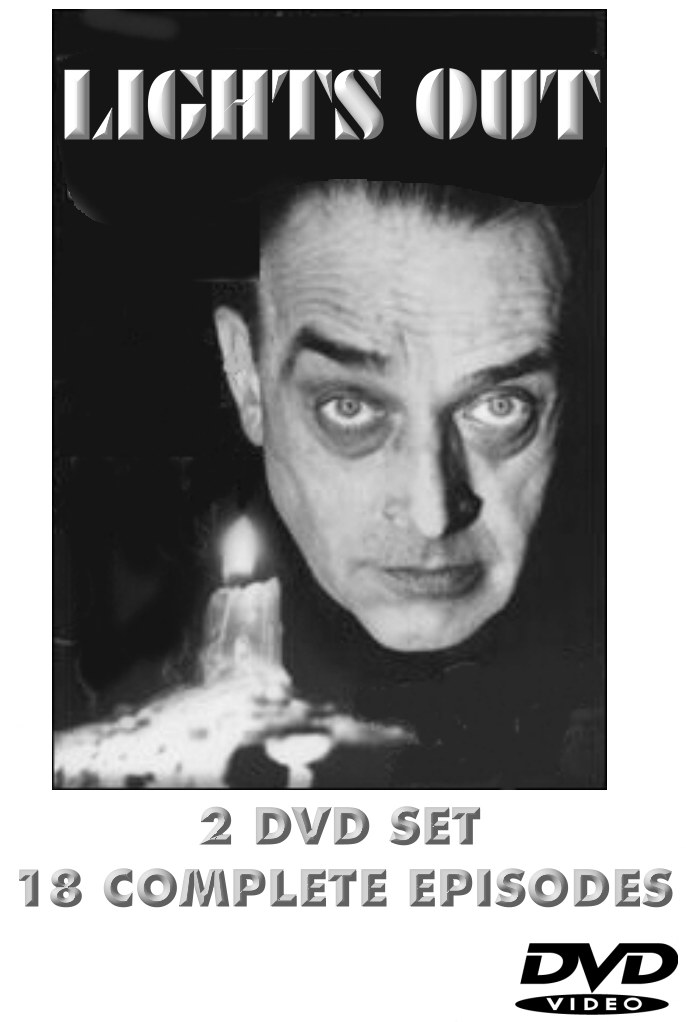
The creature can reside in a lighted area as long as it’s in shadow. In order to make this work, Sandberg must employ an army of contrivances to explain why lights are always going out, flashlights are failing, and candle flames are flickering. But once the sun has set and the lights are out, it has free rein. As long as there’s a light source, the demon/ghost/supernatural presence is constrained. In this movie’s realm, the rule applies concretely. The premise of Lights Out is something we all accept as children but lose sight of as we grow older: monsters only come out when it’s dark. Or is it that the story isn’t as compelling as the concept? Sandberg’s approach? Again, possibly, although he found success in the 2013 three-minute short upon which this feature length version is based.

Is the PG-13 rating a problem? Possibly - it’s tough to generate the level of psychological intensity necessary for true terror when constrained by a kid-friendly rating.
#Lights out 2 movie
Unfortunately, the film stumbles, offering too few legitimate scares and displaying an overreliance on traditional horror movie clichés.

By taking this to a literal extreme, Lights Out would seem to have uncovered a foolproof path to frightening audience members. It’s an underpinning of vampire stories and almost all horror films save their goriest scenes for the night. Horror, in all its shapes, sizes, and forms, often works by exploiting this. Fear of the dark - few phobias are more common across the spectrum of modern society.


 0 kommentar(er)
0 kommentar(er)
